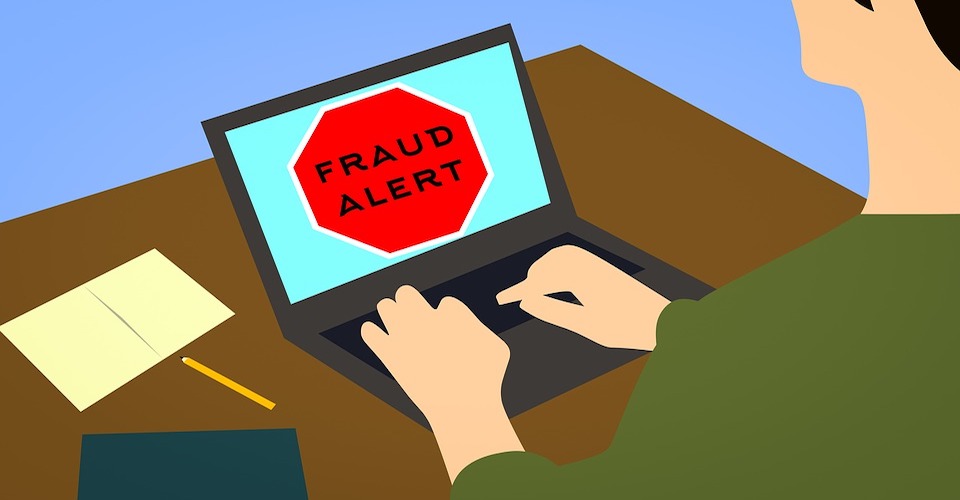How to spot a scam website
Last updated: 19 January 2021
You can legally access new medicines, even if they are not approved in your country.
Learn how
Updated on 24/10/2019
As a pioneer of a completely new type of global service, we understand that trust, security and credibility are paramount–especially when paying for medicines which are essential and often the only treatment option available. There are an increasing number of scam websites and we ourselves have been the subject of one such scam. In this article we’ll give you tips on how to spot these fakers.
Unlike phishing or spear scams, which are usually email based scams that try to steal your logins or personal data, website scams are less frequent. However, they do exist and this form of criminal activity is on the rise. Online fraud often leads to a direct loss of money and reputation, but it can also cause psychological and emotional distress and incur high costs to repair the damage.
The situation that we experienced was with a site called e-Hesperus. This scam site sprung up almost overnight and actually copied our website almost word for word. Thanks to our vigilant team, we spotted it quickly. As is protocol, we reported the sham site and warned the 'owners' to take the site down. We found out that this site was registered in the UK, but the registered directors were not real people. However, many website visitors did not know the difference, so here is an essential checklist to use for helping to determine if a site, whether for medicines or new shoes, is legitimate:
1. Do they have social media accounts and history on Facebook, Linkedin and Twitter?
Many scam sites don't attempt to promote themselves on social media. Look at their social media pages, if they have any, and see how long they have been doing business, what kind of posts they publish and what information they have on their website. Also, do a search of the company name to see if there are any publicly listed social media complaints about the company.
2. Is the website secure?
There are many ways to check on whether a website is secure. When you visit a trusted website, a green or locked padlock icon appears besides the URL.
Moreover, take note of the connection type. Websites that use the https tag are usually more secure and in turn more trustworthy than websites that use the http designation. Lastly, make sure to analyse the website domain name and URL for authenticity. Good indicators to look for include the use of excessive symbols and promotional words. A website’s security can also be faked but the above serve as good indicators combined with other safety checks we are mentioning in this article.
3. Is there a team page with photos and details of more than one person?
Usually, companies have more than one person connected to them. If the About Us page doesn't show a team page, check on Linkedin. If only one person or ''Director'' is listed, do a reverse image search on Google Images and see if it's been copied from somewhere else.
4. Are there direct contact options?
There should always be a comprehensive contact page with telephone numbers (which are not mobile numbers) and direct email addresses.
5. Research the company in its registered country
Every company needs to register centrally with the government body of the country it operates from. For example, in Europe there is a government run Chamber of Commerce. In the Netherlands, this is called the Kamer van Koophandel; in the UK, Companies House. Then, find the registered owners of the company and Google their names to see if there are any reports against them. Also, Google the address of the company filing / registration and see if the address has been used by scam sites before.
6. Do they ask for strange payments?
Companies that are scamming people usually ask for unusual payment methods such as bitcoin transfers, unknown payment systems, or proprietary cryptocurrencies. Online payments via credit card or methods like PayPal are harder, but not impossible, to fake.
7. Can you visit their office?
If you are spending a large amount of money, it's fair to ask to visit their office. Even startups and small companies will have an office. If it's being run by a single individual working from a home office, that should be clearly communicated somewhere on their site. They shouldn't try to make themselves look bigger or different than what they actually are.
8. Do they have spelling mistakes, low quality images and bad grammar?
This is not always a definite indicator of reliability, but treat it as a red flag and take extra precautions going forward.
9. Are trust marks trustworthy?
Research published by Which? (a consumer guide magazine based in the UK) says that there are over 50 different trust marks used across Europe. So, unless you know the specific trust mark used, don't take a trust mark as a sign of reliability. Having logos of official industry bodies is not a self-standing indicator of credibility. If in doubt, contact the industry body and ask for their input. There are also very well known scam trust sites, like scamadvisor.com, which has been cited several times for recommending known scam sites.
10. Did you screen the website for consistency?
Often times scam websites will duplicate entire legitimate websites. This results in inconsistencies throughout the website in addition to conflicting information. Screen through the website and make sure that the information presented regarding the company’s name, address and telephone number makes sense.
If you do come across a website or company that is scamming people, please be a responsible consumer and report it to the country's Chamber of Commerce. Government bodies are best placed to take action. Please note that publishing opinions or 'facts' on social media or review sites could
legally open you up to slander charges, but you can safely file a complaint with the hosting company, a law enforcement agency in your area, anti-phishing groups, consumer protection agencies and also with Google.
We hope this helps!




